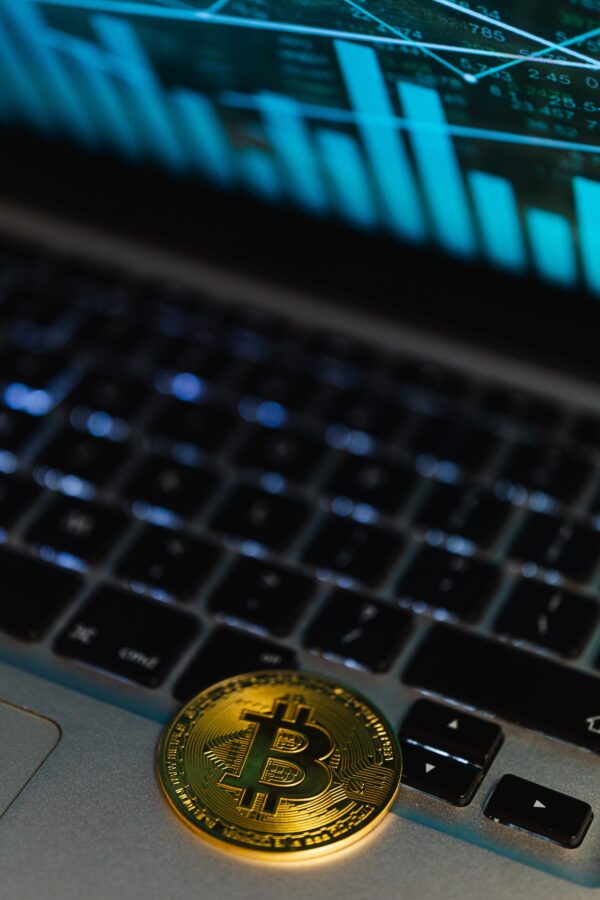What Makes Non-Fungible Tokens So Important
 Non-fungible tokens (NFTs) are an evolution of the comparatively simple concept of cryptocurrencies. Let me remind you that modern finance systems consist of sophisticated trading and loan systems for numerous asset types, ranging from real estate to lending contracts to artwork. Moreover, by enabling digital representations of physical assets, NFTs are a step forward in the reinvention of this infrastructure.
Non-fungible tokens (NFTs) are an evolution of the comparatively simple concept of cryptocurrencies. Let me remind you that modern finance systems consist of sophisticated trading and loan systems for numerous asset types, ranging from real estate to lending contracts to artwork. Moreover, by enabling digital representations of physical assets, NFTs are a step forward in the reinvention of this infrastructure.
Are you or your friends interested in non-fungible tokens? it makes sense to learn more about Lazy Lions NFT.
As a reminder, the idea of digital representation of physical assets is not novel, nor is the use of unique identification. Still, when these concepts are combined with the benefits of a tamper-resistant blockchain of smart contracts, they become a potent force for change.
Maybe, the most obvious benefit of non-fungible tokens is market efficiency. Notably, the conversion of a physical asset into a digital one streamlines processes as well as eliminates intermediaries. As a reminder, NFTs representing digital or physical artwork on a blockchain eliminate the need for agents and allows artists to interact directly with their audiences.
NFTs can also improve business processes. For instance, an NFT for a wine bottle will make it more convenient for different actors in a supply chain to interact with it as well as help track its provenance, production, as well as a sale through the entire process.
They are also excellent for identity management. For instance, consider the case of physical passports that need to be produced at every entry and exit point. By converting individual passports into non-fungible tokens, each with its own unique identifying characteristics, it is possible to streamline the entry as well as exit processes for jurisdictions. Extending this use case, they can serve an identity management purpose within the digital realm as well.
Non-fungible tokens and new opportunities
Non-fungible tokens can also democratize investing by fractionalizing physical assets like real estate. Don’t forget that it is much easier to divide a digital real estate asset among multiple owners than a physical one.
Hopefully, that tokenization ethic need not be constrained to real estate; it can extend to other assets, such as artwork. Hence, a painting need not always have a single owner. A painting’s digital equivalent can have multiple owners, each responsible for a fraction of the painting. Such arrangements could increase its worth as well as revenues.
The most interesting possibility for non-fungible tokens lies in the creation of new markets and forms of involvement. Consider a piece of real estate divided into multiple divisions, each of which contains different characteristics as well as property types.
For instance, one of the divisions might be next to a beach while another is in an entertainment complex, and so on. Depending on its characteristics, each piece of land is one of its kind, priced differently, and represented with an NFT.
For example, Decentraland, a virtual reality platform on Ethereum’s blockchain, has already introduced such a concept. As non-fungible tokens become more sophisticated and incorporated into the financial infrastructure, it may become possible to introduce the same concept of tokenized pieces of land (differing in value and location) in the physical world.